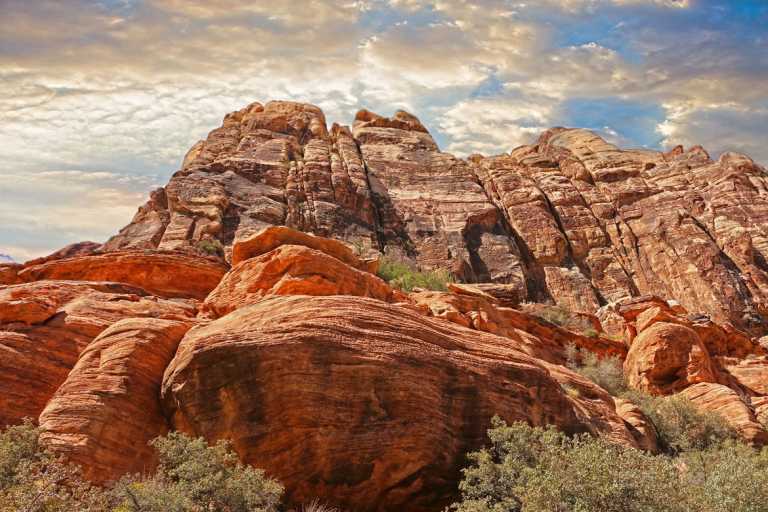When it comes to beautiful landscape photography tips, and practice (and knowledge) make someone evolve and get better over time. Let’s face it.
Apart from really enjoying the environment during your hiking trip, you do want some memories to look at.
Gradually, many hikers, after using their mobile phones, are looking for improved ways to take wide-angle pictures of distant ones.
There, a smartphone won’t do the trick. You will need a camera and 1 or 2 proper lenses.
However, you also need two things.
1. Knowledge of photography: Such can be achieved online or better through a class.
2. Insights and advice from others who also like and do landscape photography.
Here is a list of insights for landscape photography, we are sure you will appreciate.
Spoiler alert: No matter all the insights and tips, it will help you a lot to actually “be present” with what you do.
It is essential to be able to see what is around you, even at a distance. For example, to see the story in a scene.
When you do, a scene takes life by itself.
It is like energizing the spirit of the scene.
There, photos seem to produce a feeling. Seem like they are talking to you or your audience.
Landscape Photography Insights
Let the Landscape talk to you. It will if you just let it.
It will reveal its lines and patterns and depth.
Get up early in the day to grasp the so-called golden hours (the same are around 6pm during summertime, or when the sun starts to set). The best light is usually when the sun rises and when it goes down. Being there as light reveals will give you extraordinary photos.
Allow imperfection. Life things, faces, and landscapes are far from perfect. Capturing imperfection is an art.
As you look in front of you for that perfect shot, turn and look behind. Things happen even when you are not looking.
Plan ahead. Some online services and applications provide you with information on the light or lack of it (i.e., cloudy weather), per location, per time of the day.
You need to know the position of the sun in a place you will arrive after many hours of traveling? There are applications even for that.
You need a point of view and not necessarily a ton of equipment. Equipment is like any tool. If you can’t “see” or don’t know the basics, the hardware is just weight.
Got the proper shot on a sunny day? Don’t over light it.
There is a trend on Instagram and in social media in general to see photos that have so much post-processing applied to them like they were taken close to the actual surface of the sun. Let natural speak.
Excellent photos can be taken with clouds, rain, snow, dust, strong wind, and in all kinds of conditions. Midday sun is not necessarily ideal.
The same place can show different magic and sentiments under different conditions and seasons. Melancholy of winter landscapes reveal celebration of life in Spring.
Visit and re-visit.
Lines and patterns drive the eye of the viewer. Seek them and use them in your landscape photography.
There is a wide/big landscape, but there is a small landscape also.
The microenvironment around a flower is another one when you look closer.
The log of a fallen pine tree, covered with mushrooms, can reveal a different world under the right angle.
To use a tripod or not? Do as you feel best and comfortable. There were many times when I wished I had my tripod with me.
Plan your trip, as you will probably not hike with just your camera equipment.
Check for weather conditions, what you need to have during the day, and plan as in proper hiking for dangers and well-being.
If you can, do visit the location before the shooting day.
When you arrive at your scene, don’t take the camera out. Stop. Relax. See. See.
On the other hand, if you feel you must go out of your way, do it.
A surprise may await, over the hill. Of course, with safety first.
Usage of a wide-angle lens produces excellent results but depends on the case too.
Maybe your “visual story” gets lost in a wide-angle with too many elements inside it.
Shoot in RAW. Always. If your camera has this option to shoot in RAW and high JPEG at the same time, use it. Such cameras have dual cards and allow RAW to be saved in one, while the JPEG is saved in the other.
HDR is not always the best option for landscape photography.
Photos may appear unreal with HDR, so practice.
Rule of thirds is right, but nature doesn’t always comply with such. So, try to “see.”
A shot isn’t necessary a memory.
To explain this, if you try to include all that are around to “remember the place,” your shot may end up boring or with just… things added.
Try to think the same frame in black and white. It may surprise you.
Avoid centering the main focal point of the frame.
Off-center points look more attractive while centered ones may look flat. Of course, this can be reversed when there is a natural pattern or line in place.
Said that, look for symmetry. It is everywhere, even in imperfect frames.
Use diagonals. Makes photos look more active and exciting.
Lie down on the grass and shoot the treetops with the sky.
Look for the drama in a condition/frame.
Have extra batteries and storage cards.
Look and learn from the work of others.
Break the rules in your landscape photography!
Here is a URL with landscape photography resources to start with.
Read our posts for:
- 17 Food Photography Tips for Great Shots
- Wildlife Photography – Why They Do It?
- Drones: Use Them For Stunning Aerial Photography
Also read these extra tips.
